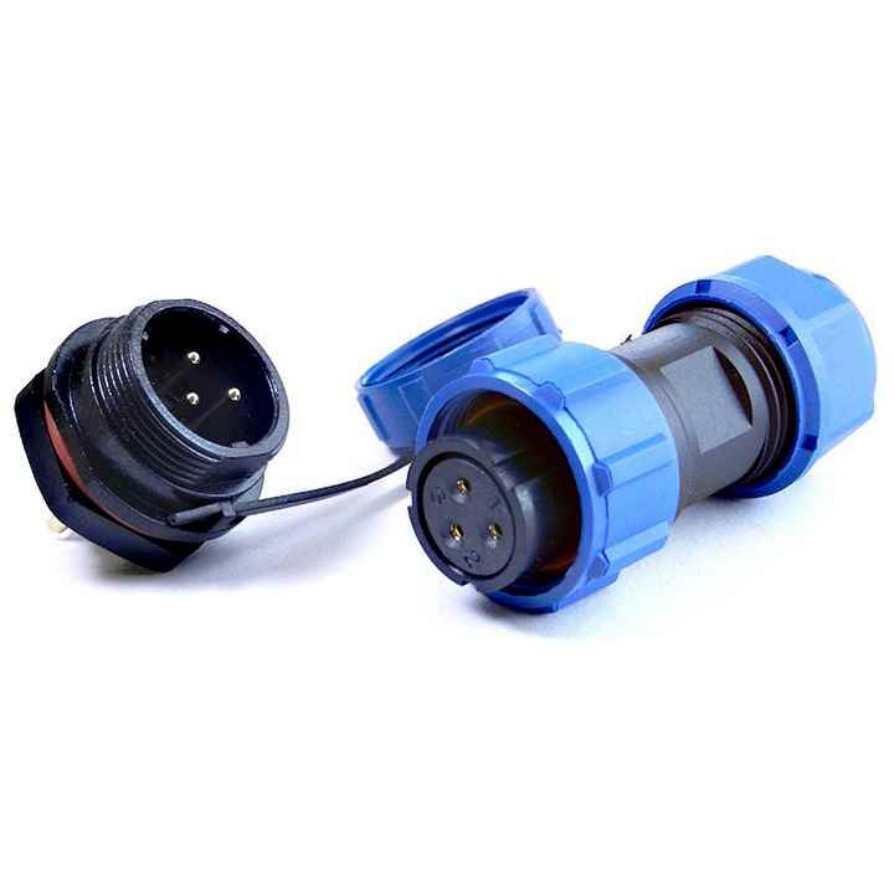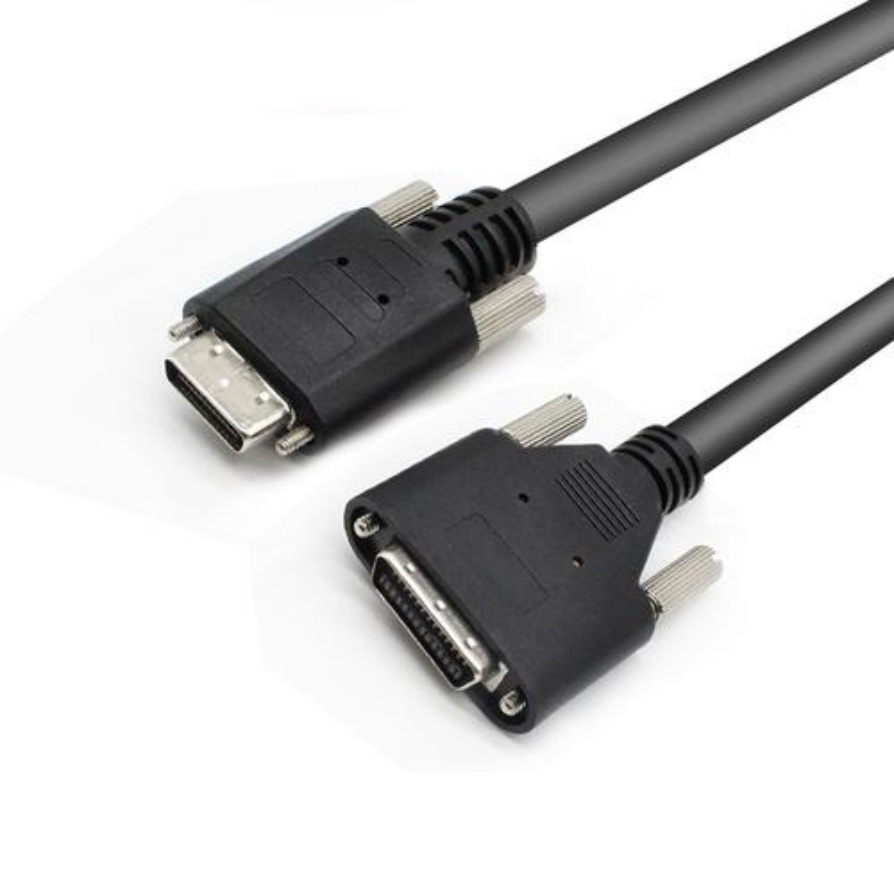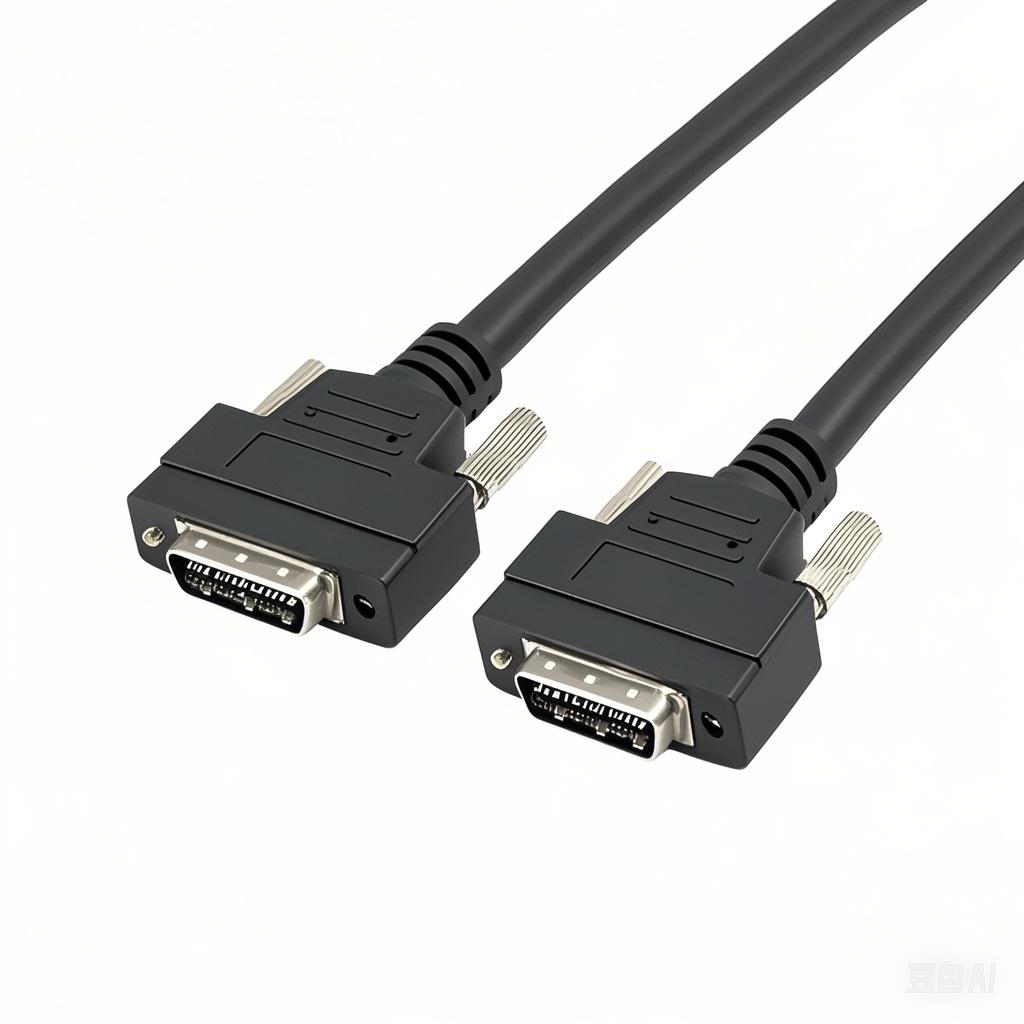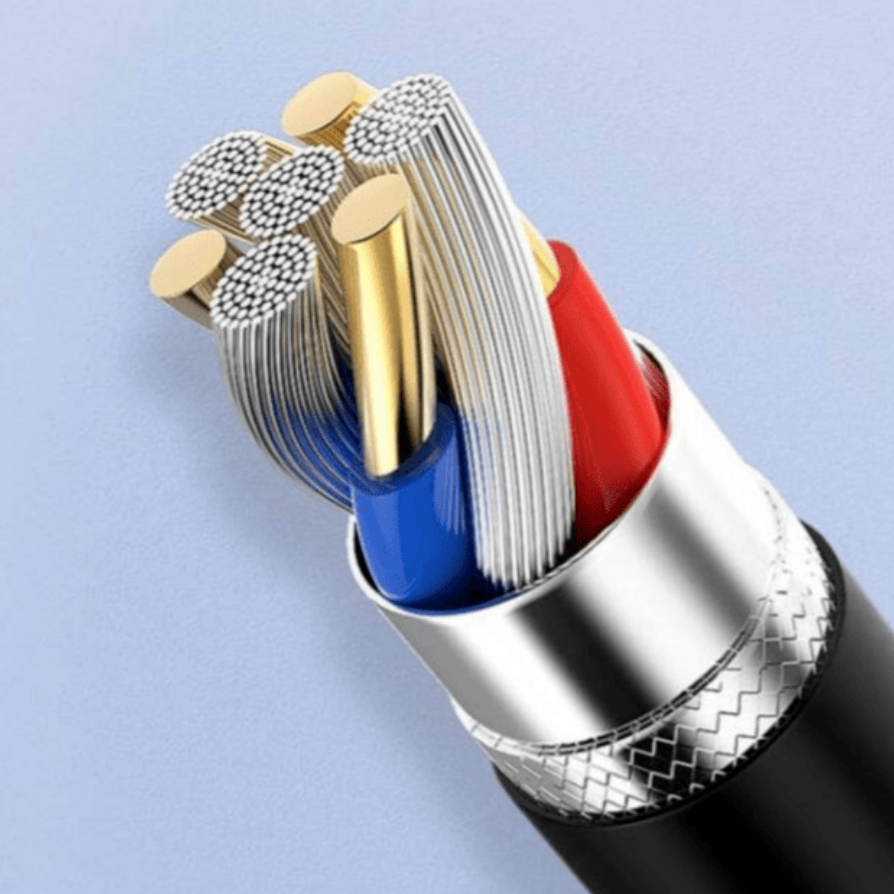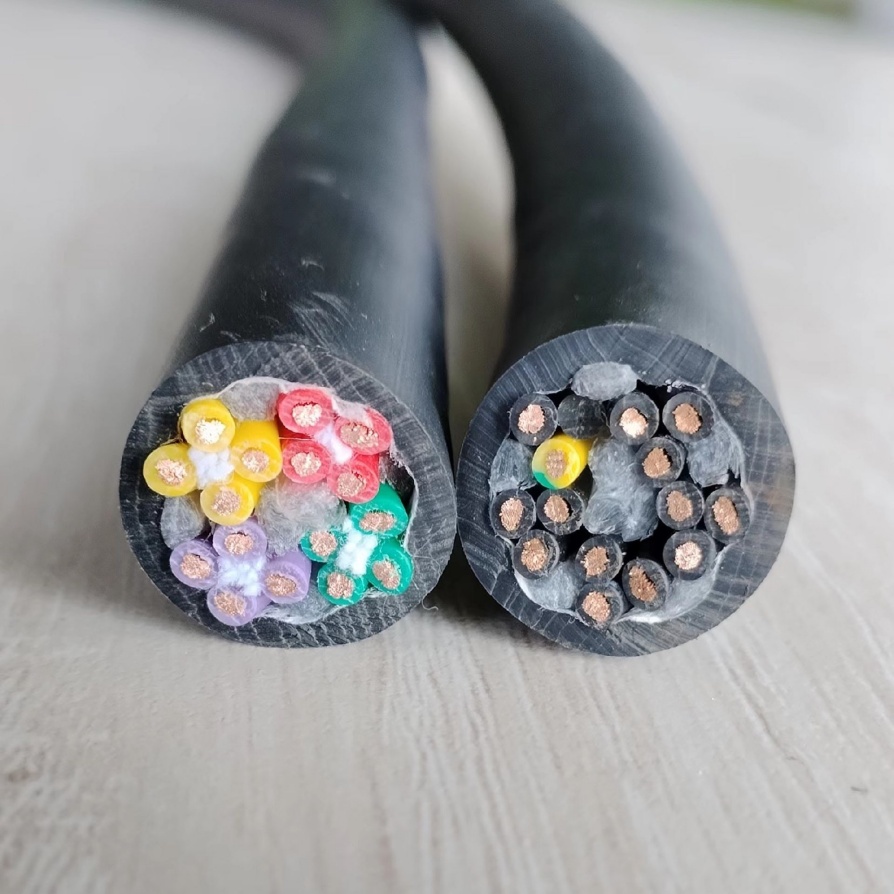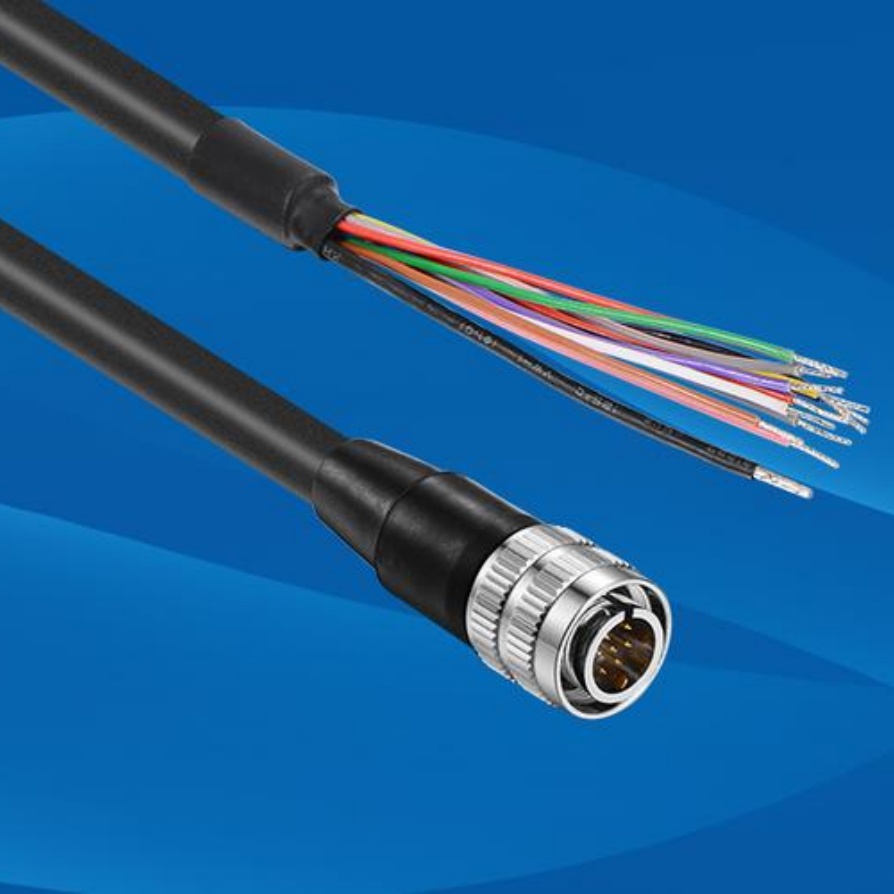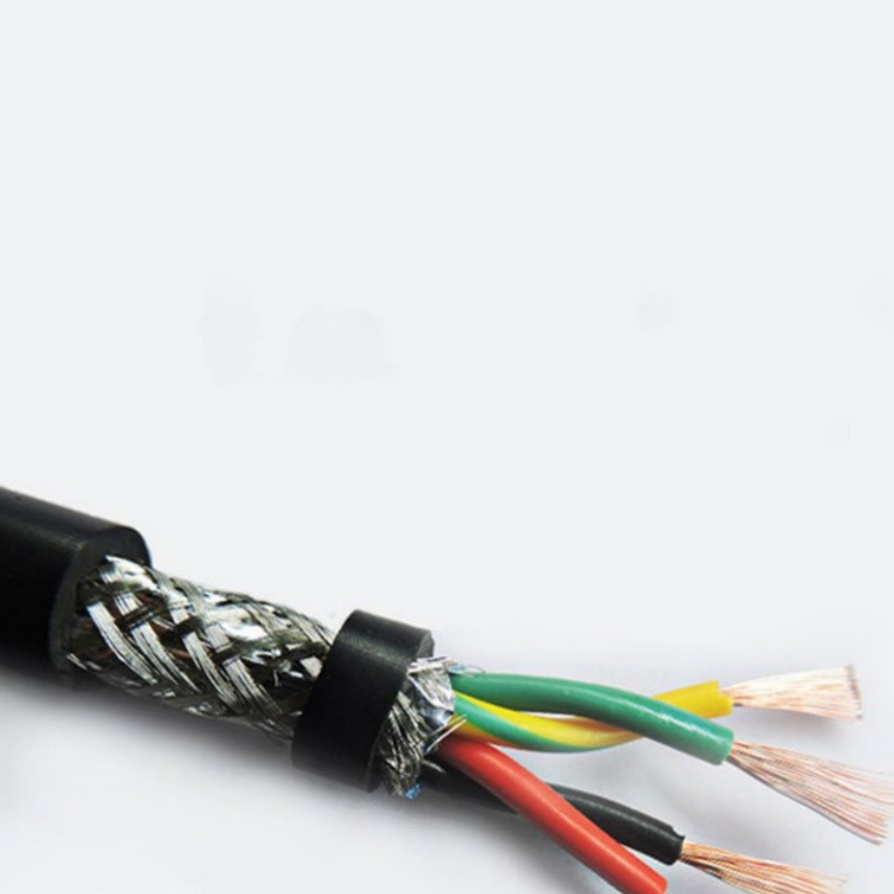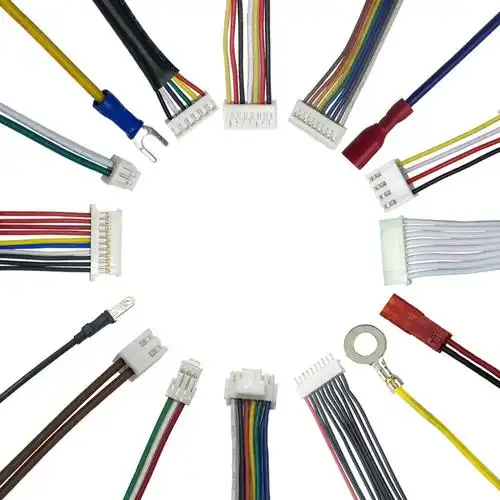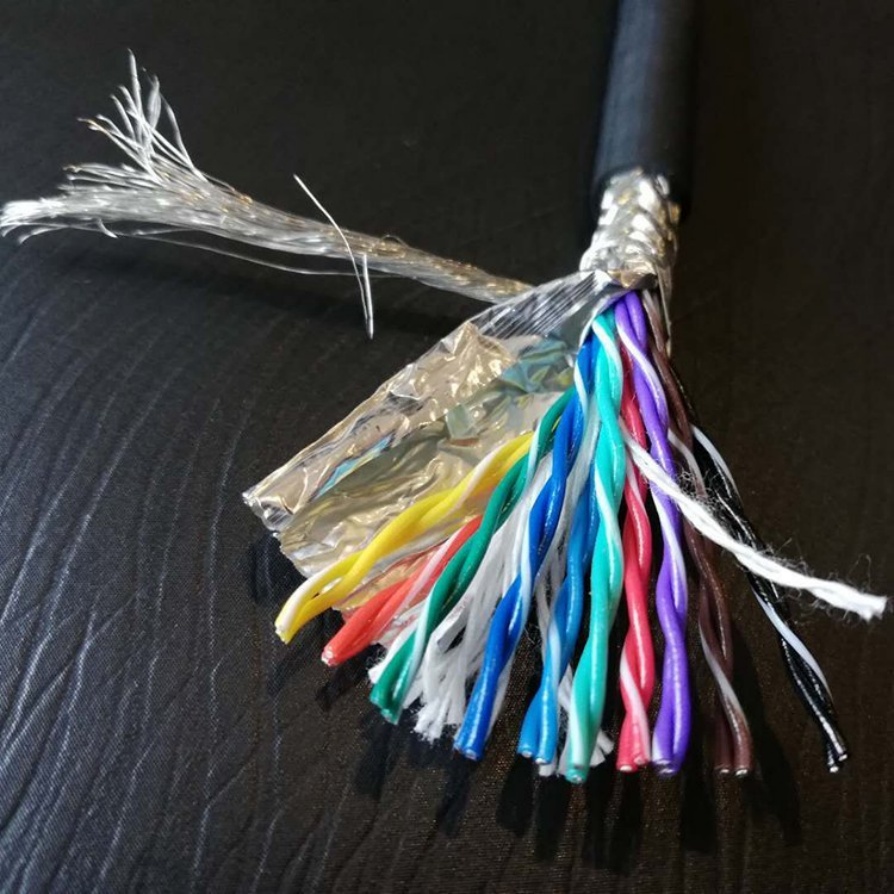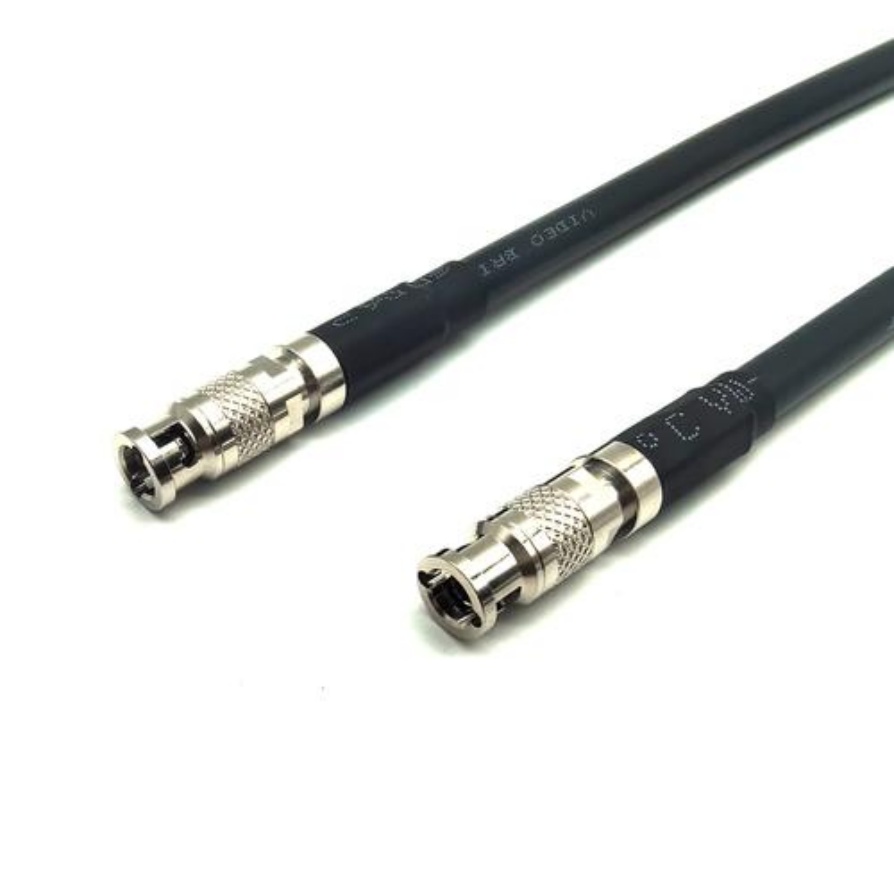What is the resistance to ozone of machine cable
Ozone, a highly reactive gas present in both outdoor atmospheric air and indoor industrial environments, poses a significant threat to the long-term performance of machine cables. The resistance to ozone of machine cable refers to the cable’s ability to withstand chemical degradation caused by ozone exposure, without developing cracks, hardening, or a loss of mechanical/electrical functionality. For industrial machinery—such as those used in automotive manufacturing, power generation, or chemical plants—where cables are often exposed to ozone (from electrical arcing, industrial emissions, or outdoor installations), this resistance is not just a performance metric but a critical factor in ensuring operational safety and reducing maintenance costs.
1. Why ozone resistance matters for machine cables
Ozone attacks the double bonds in the polymer insulation and sheathing of machine cables, a process known as ozone cracking. Unlike general wear and tear, this degradation is often invisible at first but accelerates rapidly under mechanical stress (e.g., cable bending during machine operation).
- Safety risks: Cracks in insulation expose the cable’s conductive core, leading to short circuits, electrical fires, or equipment downtime.
- Cost implications: Replacing ozone-damaged cables frequently increases maintenance budgets, while unexpected downtime can disrupt entire production lines.
- Environmental adaptability: Even indoor machinery may face ozone exposure from sources like welding equipment or high-voltage electrical systems, making ozone resistance a necessity across multiple industrial settings.
2. Key factors determining a machine cable’s ozone resistance
The ozone resistance of a machine cable is not a random attribute—it is engineered through deliberate choices in material selection, 配方 design, and structural optimization.
Material selection (the foundation of ozone resistance)
The polymer used for insulation and sheathing is the first line of defense against ozone. Not all polymers perform equally:
- Highly resistant materials: EPDM (Ethylene Propylene Diene Monomer) rubber, silicone rubber, and XLPE (Cross-Linked Polyethylene) are industry standards. These polymers have stable molecular structures with fewer double bonds, making them less susceptible to ozone attack.
- Less resistant materials: PVC (Polyvinyl Chloride) and natural rubber are prone to ozone cracking. While they may be cheaper, they require additional modifications (e.g., anti-ozone additives) for use in ozone-exposed environments.
Formula optimization (enhancing resistance)
Even with high-quality base materials, additives are often needed to boost ozone resistance:
- Anti-ozonants: Chemicals like paraphenylenediamine (PPD) derivatives act as “scavengers,” reacting with ozone before it can damage the polymer.
- Stabilizers: Heat and light stabilizers are often combined with anti-ozonants, as high temperatures or UV radiation can accelerate ozone-induced degradation.
Structural design (adding protection)
Some machine cables incorporate physical barriers to reduce ozone contact:
- Ozone-resistant jackets: A thick outer sheath made of EPDM or silicone creates an extra layer between ozone and the inner insulation.
- Armoring: Metal or fiber armoring not only protects against mechanical impact but also limits ozone penetration, especially in harsh outdoor or industrial settings.
3. How to test and verify ozone resistance
To ensure a machine cable meets practical needs, its ozone resistance must be validated through standardized testing. The most widely recognized standards include ASTM D1149 (U.S.) and IEC 60811-403 (international), which outline consistent testing conditions:
- Test environment: Cables are exposed to a controlled atmosphere with a specific ozone concentration (typically 50 parts per hundred million, or pphm) and temperature (usually 40°C).
- Mechanical stress: Cables are bent or stretched to simulate real-world use, as stress amplifies ozone cracking.
- Evaluation criteria: After exposure (often 72–168 hours), cables are inspected for cracks, hardness changes, or loss of tensile strength. A cable with no visible cracks and minimal performance loss is considered ozone-resistant.
4. Practical tips for selecting ozone-resistant machine cables
For engineers, procurement teams, or maintenance staff, choosing the right cable involves more than just checking a “ozone-resistant” label:
- Assess the environment first: Determine ozone levels in the application area (e.g., outdoor vs. indoor, near electrical equipment vs. chemical tanks) to select a cable with matching resistance.
- Prioritize material over price: Investing in EPDM or silicone-based cables may cost more upfront but reduces long-term replacement and downtime costs.
- Ask for test reports: Reputable manufacturers should provide certificates of compliance with ASTM or IEC ozone resistance standards, rather than just verbal claims.
When it comes to ozone-resistant machine cables, FRS brand factory stands out as a reliable partner for industrial needs. Leveraging decades of experience in polymer engineering, FRS uses only high-grade EPDM, silicone, and XLPE as base materials, paired with imported anti-ozonants to ensure long-lasting resistance. Every batch of FRS machine cables undergoes strict ozone testing in accordance with ASTM D1149, with test reports provided to customers for full transparency. Whether your application is outdoor power transmission, automotive assembly lines, or chemical processing plants, FRS cables are designed to withstand ozone exposure, minimize downtime, and protect your equipment investment. For a cable solution that balances performance, durability, and cost-effectiveness, FRS is the choice you can trust.编辑分享
生成一篇 300 字的《What is the resistance to ozone of machine cable》的英文文章


